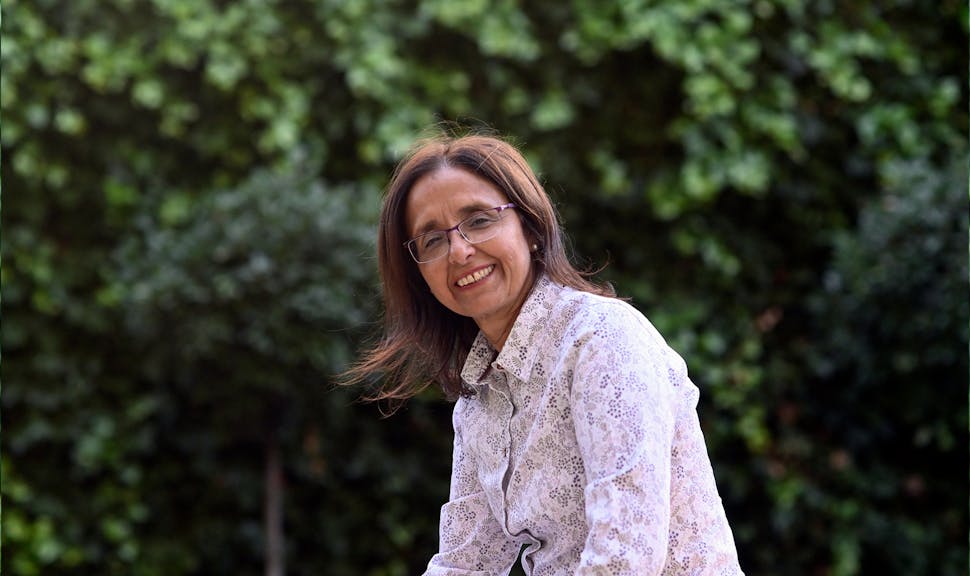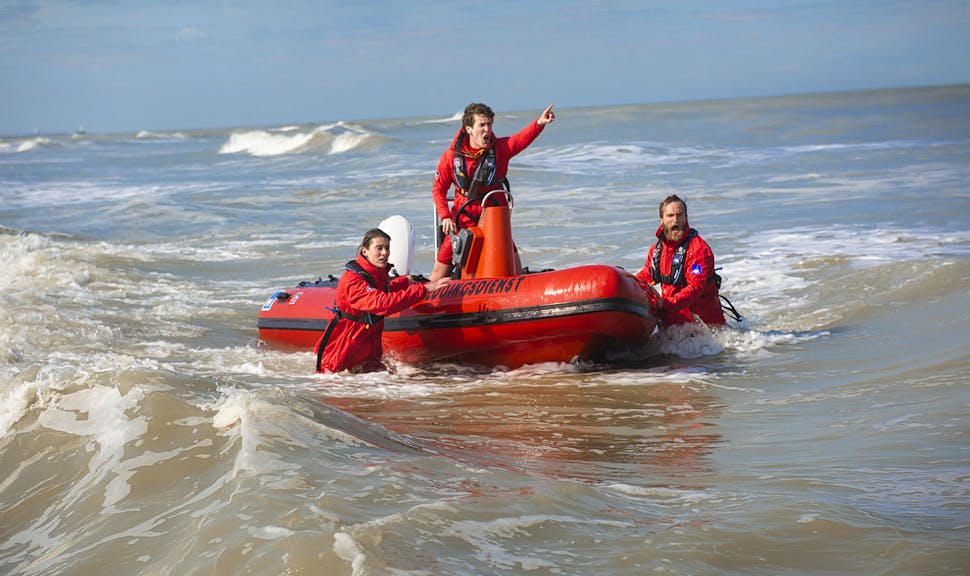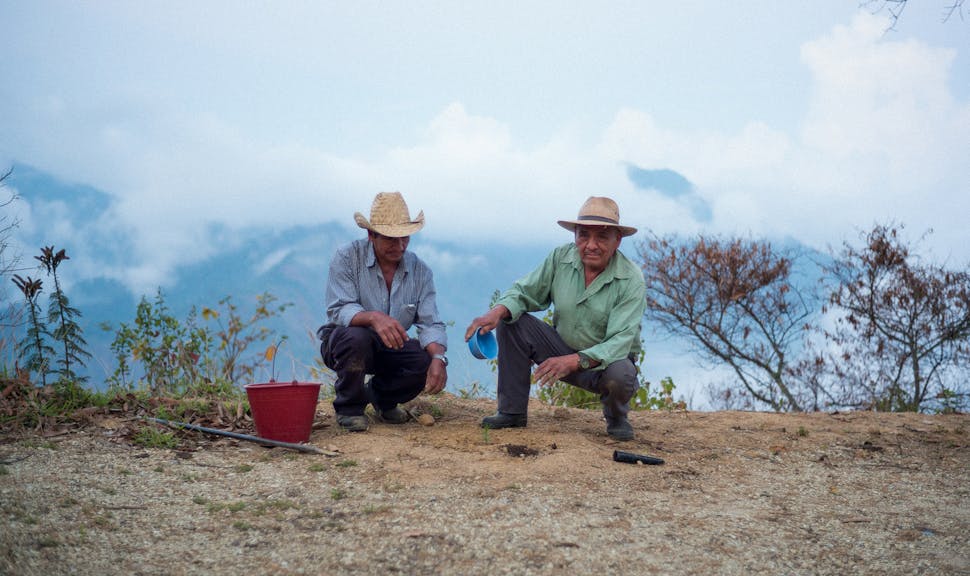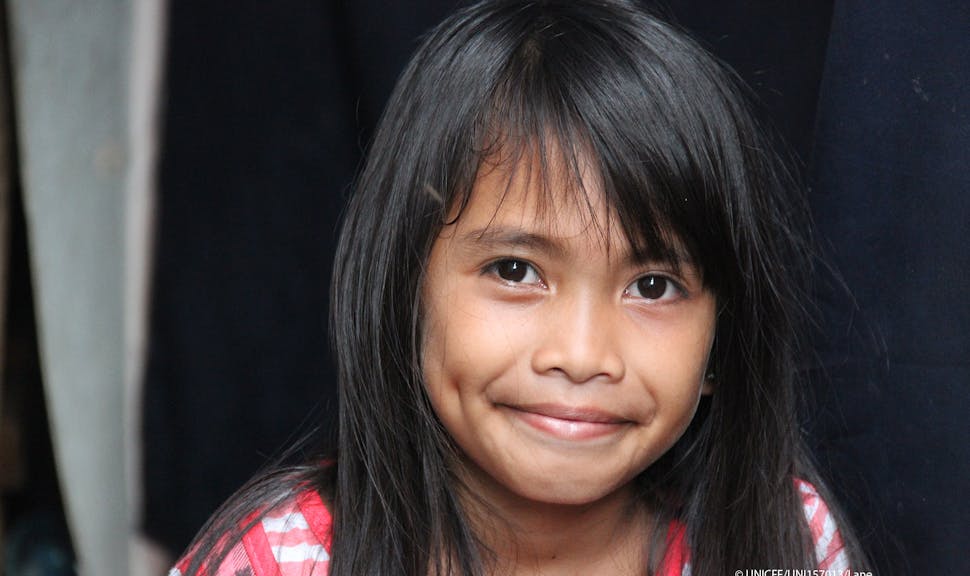
January 19, 2016
How to defeat a hurricane
Find out how AXA and National Geographic are using the lessons learned from Hurricane Katrina to tackle climate change.
4 minutes
Everything was… turned over.
Houses were down, trees down, power lines down…
Eyewitness accounts of the devastation created in 2005 by Hurricane Katrina in communities across the Mississippi delta go from bad to worse. Water flowed 15 km in from the shore and fishing boats and casino barges rammed buildings, pushing cars and houses inland, with floodwaters lingering for weeks.
A category 3 hurricane, it was one of the worst US landfall storms ever, killing 1,833 people and injuring many more. It displaced over 400,000 people and caused over $105 bn in damage, making it the most expensive storm in history.
In keeping with AXA’s mission to protect people in the face of natural disasters and other risks, AXA Research Fund (see sidebar) joined forces with National Geographic to create EXPLORE/PROTECT, a video series on how explorers and researchers can come together to tackle current and future environmental challenges. This first series features discussions between three researchers supported by the fund and National Geographic explorer Jonathan Waterman. They met in New Orleans to talk about the effects of Hurricane Katrina and see what can be done to ensure future storms don’t wreak the same kind of havoc.
Knowledge can be more powerful than a hurricane.
As they survey the Inner Harbor Navigation Canal Lake Borgne Surge Barrier, a nearly three-kilometre long, nine-metre high wall just outside New Orleans, designed to protect the city in case of another Katrina, Jonathan Waterman and AXA Research Fellow Adam Sobel talk about how, as the climate warms, hurricanes should be getting more and more powerful.
The risk of large ones such as Katrina may be increasing and Prof. Sobel’s work is to try to understand hurricanes and what the risk is of future storms, large and small. Hurricanes are destructive because of rain, wind and storm surges, with the latter claiming the most victims. The Lake Borgne barrier is designed to protect against these surges, and is just one example of a long-term solution to addressing climate change.
Prof. Sobel’s research aims to increase our understanding of atmospheric processes, better quantify societal risks from extreme weather events, and consider overall impacts on ecosystems, along with financial costs, of projects such as this barrier. His team takes a bird’s eye-view of weather and climate phenomena, weaving all of it into a narrative for as a predictive model, including the use of a novel method of analysis to gauge interaction between clouds and air circulation at a large scale, via computer modeling simulations of heavy precipitation in the atmosphere.

Jean-Paul Rignault
Former CEO of AXA Spain, and Chairman of Fundación AXA
In the long term, we need to plan better against the risks that we know we will face and the changing climate. That can include engineering solutions, infrastructures changes and awareness of what the science tells us.
Knowledge needs to cross borders, and disciplines.
Climate uncertainties and destructive weather events aren’t isolated phenomena, and their study should not be limited to any one discipline, meteorologist Prof. Uwe Ulbrich explains to Mr. Waterman, as they stroll through New Orlean’s deserted hurricane-ravaged neighborhoods.
PRINCIPAL INVESTIGATOR, RESEARCH SUPPORTED BY AXA METEOROLOGIST, INSTITUT FÜR METEOROLOGIE OF FREIE UNIVERSITÄT BERLIN
Until now, the different scientific fields have been divided. Meteorology on the one side, hydrology, and the risk assessment dealing with damage. To have a service to society it is necessary to bridge between the different scientific disciplines involved from the natural event to damage. What you produce by combining these different aspects is a better picture of what can happen.
Part of why Hurricane Katrina caused so much extensive damage was that it was really a worse-case scenario event, hitting a specific area with a specific degree of force. It wasn’t just the rain, or the wind, or the flooding, Prof. Ulbrich explains, it was the combination of these three things in the way that they occurred that led to the devastation.
His team studies the meteorological aspects of extreme weather in detail, but also include physics and other natural sciences in their analysis. They try to build into their models potential future climate change, from best to worst case scenarios, integrating data and trends from around the world.
Resilience isn’t just about infrastructure, it’s about people.
But what of the actual communities affected by events such as Katrina?
This is the question Mr. Waterman posed to AXA Research Fellow Dr. Katrina Brown, a sociologist with the University of Exeter.
AXA RESEARCH FELLOW, UNIVERSITY OF EXETER, UNITED KINGDOM.
People are at risk because of the impacts of climate change. But, actually, how that impacts on people is also dependent on the ways that communities build resilience.”
Essentially, there are three important dimensions or resilient communities:
a) the ability to bounce back after a sudden event or disaster,
b) the capacity to adapt continuously to changes over time, and
c) how we can actually transform ourselves to adapt and face the future.
Speaking about the communities hit hardest by Katrina, Dr. Brown says: They built these really strong social bonds, and built trust amongst their community… and these experiences were horrific, and they’re still so raw and so recent, and yet every person we spoke to had this amazing hope for the future and commitment to this place.
So, successful climate change mitigation isn’t just about building dams and levees, it’s about creating resilience, along with new ways of dealing with change, including economic, social and cultural systems.
Stay tuned for more discussion on the future of climate change as AXA and National Geographic come together to explore and protect.
AXA RESEARCH FUND’s mission is to boost scientific progress and discoveries that contribute to understand and better prepare against environmental, life and socio-economic risks.
To date, €131 million in support has been committed, with 449 research projects activated in 32 countries, featuring participants from 50 different nationalities.



